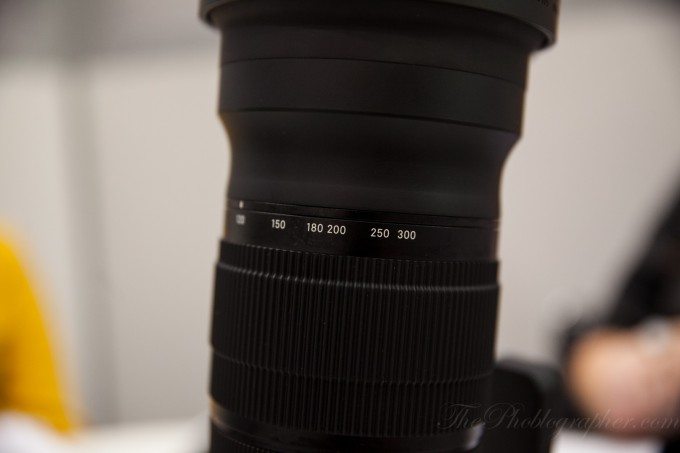

Now bring the focus point back to A and try again, but at a different speed. You’d expect the focus to shift accordingly. What is the meaning of focus by wire and fly by wire?įocus by wire: Let’s say you turn the focus ring to change focus from point A to B. Unfortunately for videographers and cinematographers, the Sigma 30mm f/1.4 DC HSM Art is set to focus by wire by default and has no option to switch it to fly by wire. The Sigma 30mm f/1.4 DC HSM Art ( Amazon, B&H) has a finite turn ring for its focus ring and can turn one way or the other to a finite degree.
#Sigma 30mm 1.4 full#
If you are considering this lens for a full frame sensor or other cinema camera, check out this article: It is designed to completely cover a sensor the size of 25.1mm x 16.7mm. The Sigma 30mm f/1.4 DC HSM Art ( Amazon, B&H) is an APS-C sensor lens.

HSM refers to their ring-type hypersonic autofocus motor in that lens. So while the DC HSM will work with a APS-C mirrorless camera, with an adapter, a DC DN lens will communicate naturally with the camera than the DC HSM lens. Sigma claims that their DC DN lenses are designed specifically and exclusively for APS-C mirrorless cameras. The lens doesn’t have OS, but you will get some stabilization with a camera that has in built stabilization.Ĭan be great for most following types of filmmaking:Īccording to Sigma, DC refers to the lenses that are designed specifically for APS-C DSLR cameras.

Has a 30cm minimum close focusing distance.The f/1.4 aperture is amazing for low light work, especially for APS-C sensors.The Sigma 30mm f/1.4 DC HSM Art is a great third party wide focal length lens.What you need to know for video work about the Sigma 30mm f/1.4 DC HSM Art ( Amazon, B&H): Alternatives to the Sigma 30mm f/1.4 DC HSM Art.If this is not your cup of tea you can stop reading. If and when we get hold of the lens we’ll be sure to publish a detailed review. Important: This article is a comprehensive overview of the lens with available information and an analysis based on our experience shooting for almost two decades. The aim of this article is to provide you with enough information and perspective so you can decide for yourself whether this lens is right for your film or video. I think it is important to mention that Sigma is a third party lens manufacturer and its performance cannot be justly compared to the native lenses. In this article let’s take a comprehensive look at the important features and specifications of the Sigma 30mm f/1.4 DC HSM Art and see how good it will perform specifically for video, cinematography and filmmaking. It will be available from late April 2023.The Sigma 30mm f/1.4 DC HSM Art ( Amazon, B&H) is primarily a photography lens, though it will be used for video. Its list price of $549 also places it in the midst of this company. The Sigma takes a middle-ground, size and weight-wise between the Tokina and Viltrox 23mm F1.4s and Fujifilm's own LM WR lens. Its relatively complex 13 element/10 group design includes three Super-Low Dispersion (SLD) elements and two aspherical elements, which contributes to its 340g (12oz) weight. The lens takes the same 52mm filters as its 30mm F1.4 DC DN sibling and comes with a petal-style hood. It's one of the large lenses in the DC DN series: 66mm wide and 77mm long (2.6 x 3.0"). The 23mm F1.4 DC DN is part of the company's Contemporary range of mid-price lenses. It means the DC DN range of 16mm, 23mm, 30mm and 56mm F1.4 primes now offer 24, 35, 45 and 85mm equivalents for APS-C shooters of Sony, L-mount and Fujifilm cameras. Its launch comes four and a half years after the launch of the most recent DC DN prime, and becomes the first one not to be available for Micro Four Thirds or Canon EF-M. The 23mm will initially be available for Sony E, Leica L and Fujifilm X mounts, giving a 35mm-equivalent field of view. Sigma has announced it will add a 23mm F1.4 DC DN to its range of mirrorless-specific lenses.


 0 kommentar(er)
0 kommentar(er)
